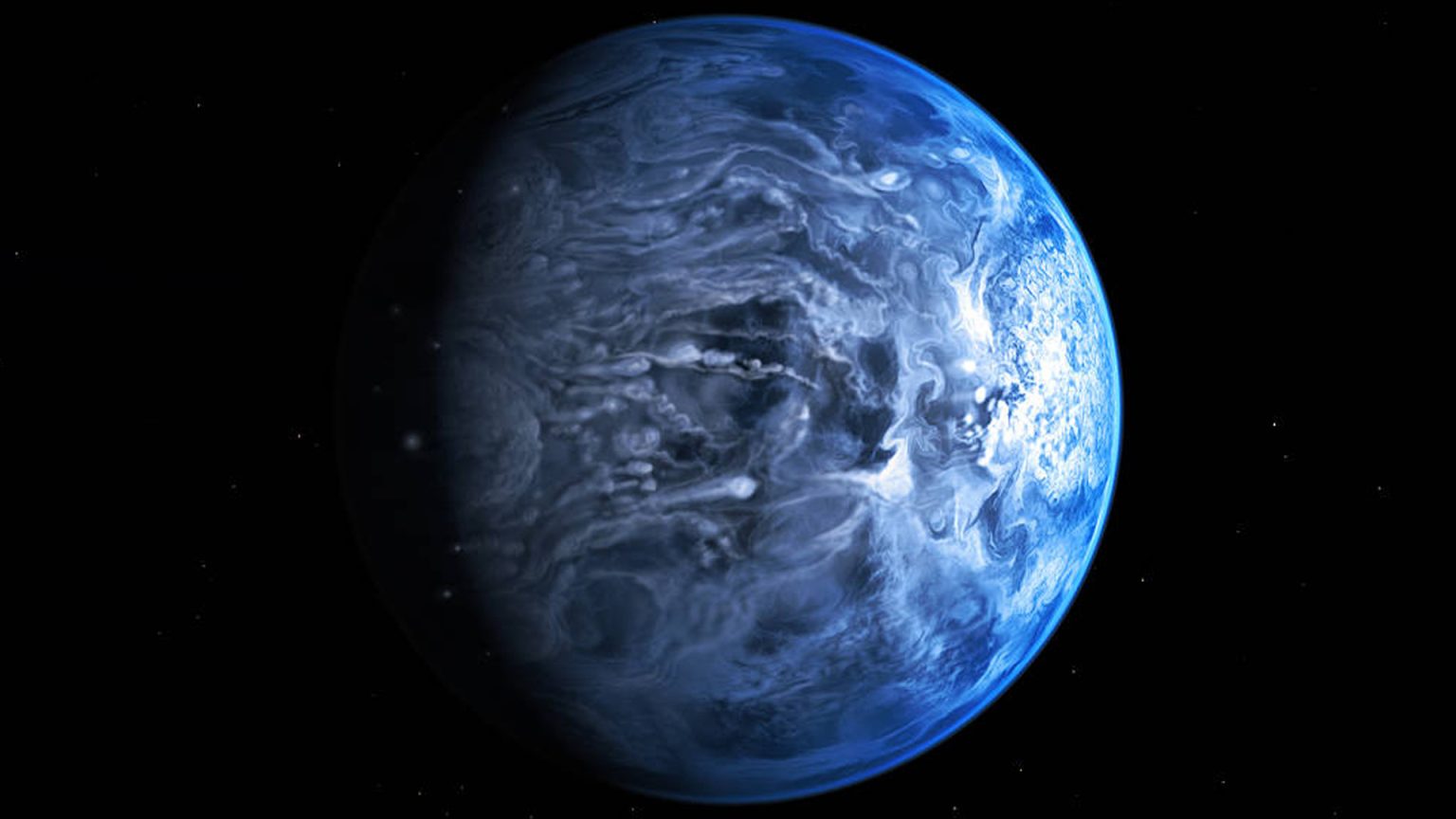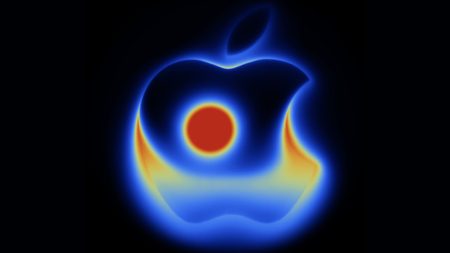HD 189733 b, a “nightmare world” residing a mere 64.5 light-years from Earth, presents a stark contrast between its deceptively serene azure exterior and its truly hellish environment. While its vibrant blue hue might evoke comparisons to Earth, the reality couldn’t be more different. This gas giant, about 11% larger than Jupiter, is a cauldron of extreme conditions utterly hostile to life as we know it. Temperatures swing wildly between a scorching 919°C and a blistering 1220°C, hot enough to melt many metals. Furthermore, the planet is plagued by ferocious winds that whip across its surface at speeds reaching 5,400 mph, seven times the speed of sound. This turbulent atmosphere creates a scene of perpetual chaos, far removed from the relative tranquility of our own planet.
The planet’s horrifying weather systems extend beyond extreme temperatures and hurricane-force winds. NASA paints a grim picture of “rain” composed of silicate particles, essentially shards of glass, driven sideways by the relentless gales. This glass rain, propelled at incredible velocities, would pose an immediate and deadly threat to any hypothetical visitor. The planet’s mesmerizing blue color, rather than emanating from the reflection of tranquil oceans like on Earth, is a product of this silicate-laden, superheated atmosphere. The high clouds, saturated with these glass-forming particles, scatter blue light, creating the illusion of a peaceful, watery world.
Adding to the planet’s inhospitable nature is its incredibly short orbital period. While Earth completes its journey around the Sun in 365 days, HD 189733 b races around its star in a mere 2.2 days. This breakneck orbital speed, coupled with the planet’s close proximity to its star, contributes to the extreme temperatures that bake its surface. The planet’s classification as a “hot Jupiter” highlights both its size and its orbital characteristics. Hot Jupiters are gas giants that orbit extremely close to their stars, leading to scorching temperatures and short orbital periods.
The discovery of HD 189733 b occurred in October 2005, thanks to the observations of French astronomers. They employed the transit method, observing the slight dimming of the star’s light as the planet passed in front of it. This technique has become a cornerstone of exoplanet discovery, allowing astronomers to detect planets that are otherwise too faint to be seen directly. HD 189733 b resides in the constellation Vulpecula, a faint constellation in the northern sky. While challenging to locate with the naked eye, the constellation can be found with the aid of stargazing apps or by locating the Summer Triangle asterism.
The study of exoplanets like HD 189733 b, while highlighting their uninhabitable nature, provides valuable insights into the diversity of planetary systems. These discoveries expand our understanding of planetary formation and evolution, offering a broader perspective on the conditions necessary for life to emerge. The extreme conditions of HD 189733 b serve as a stark reminder of the delicate balance that allows life to flourish on Earth. By studying these alien worlds, we gain a deeper appreciation for the unique circumstances that make our planet habitable.
The stark contrast between HD 189733 b’s inviting appearance and its lethal reality underscores the importance of scientific investigation in exploring the universe. While the planet’s beauty might entice from afar, the reality of its scorching temperatures, glass rain, and violent winds paints a picture of a truly inhospitable world. Its discovery, however, contributes significantly to our expanding knowledge of the cosmos, providing a crucial piece of the puzzle in our quest to understand the universe and our place within it.











